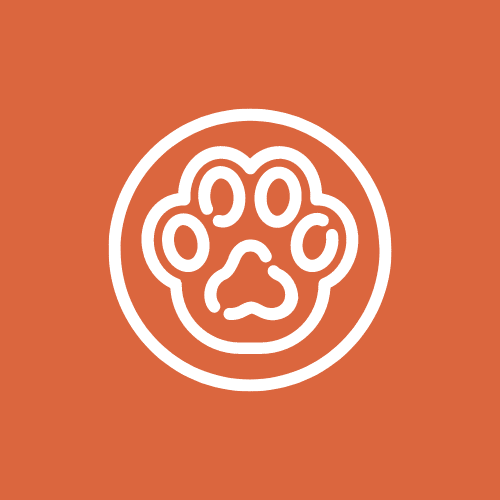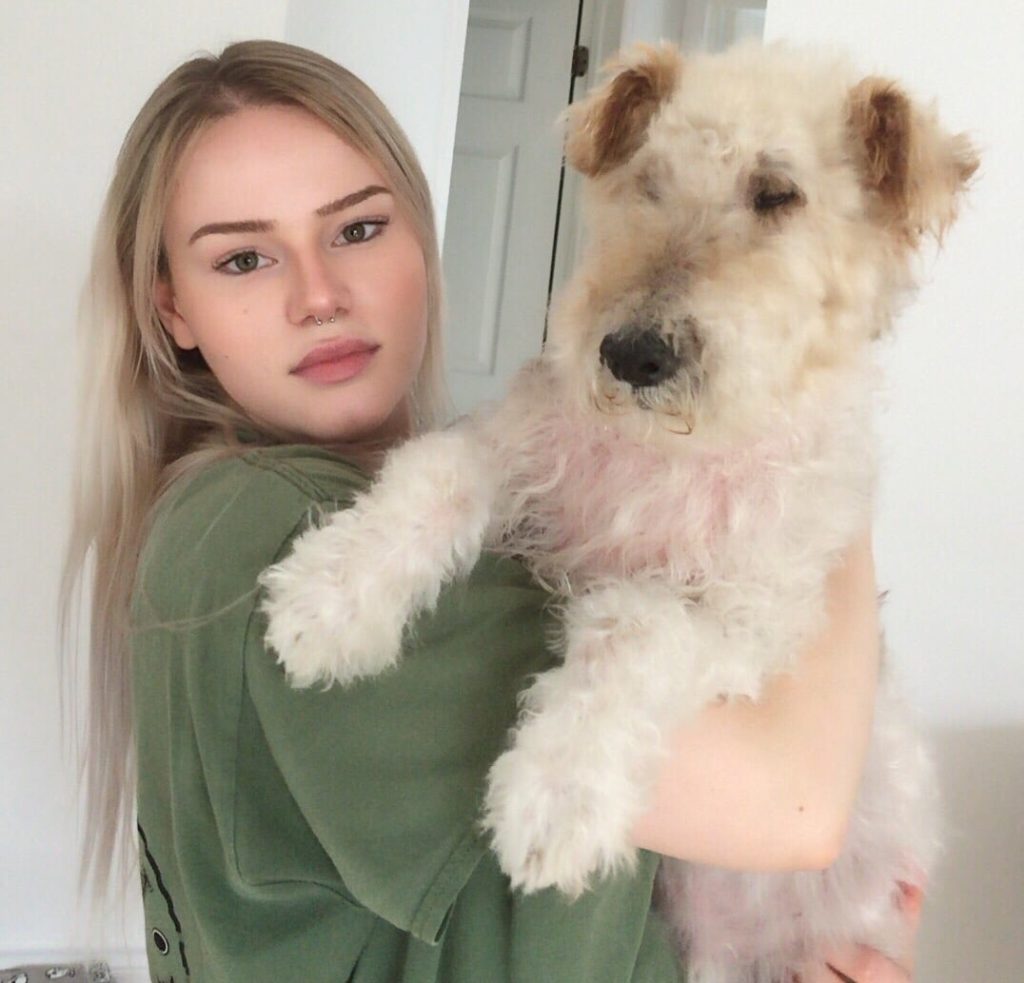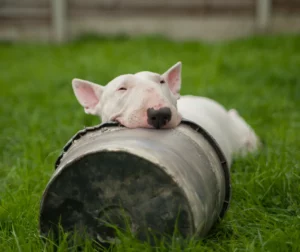Rawhide can pose a danger to your four-legged friend. This is arguably the most well-known type of dog chew treat of all since it is affordable. This treat is made from dried animal skins that have been processed and shaped for chewing.
By reading this article, you will understand why rawhide is the worst dog treat you can give.
Is Rawhide Good for Your Dog?
Dogs need to chew. It is an essential need that must be met whether with a bone or with the leg of your furniture. Chewing allows him to maximize his well-being and it must occur every day.
Rawhide is good for a dog’s chewing needs and for their oral health. On the other hand, rawhide can cause serious health problems.
The action of chewing allows your dog to spend his energy. This is why offering him a chewing treat is a good way to reduce behavior problems. You can also redirect his attention to a bone to teach him the right behavior to adopt.
However, rawhide contains no nutritional value for your dog. Therefore, it does not provide any benefit once digested.
In addition, they are made for dogs that chew slowly. If your dog wants to swallow his bone as quickly as possible, it would be best to offer him a stronger chew treat.
Why Is Rawhide Dangerous for Your Dog?
Rawhide does not come from the food industry but from the leather industry. This is the reason why companies do not need to specify the chemicals used during manufacturing.
That is, they don’t have to follow the strict Food and Drug Administration (FDA) laws. It is therefore not considered to be food.
Rawhide can cause digestive disorders, gastrointestinal obstruction, pancreatitis, asphyxiation and death. It can also contain bacteria and fungi, if not made responsibly.
Even though it is of superior quality, rawhide is VERY difficult for your dog to digest. It can be consumed, but it is not digestible, just like your sofa.
A study conducted by the University of Illinois at Urbana-Champaign confirms that more than 18 hours after ingestion, rawhide was digested at a maximum of 41.6%.
Only 14% of ingested rawhide will be digested in the stomach. It will then be digested by 85% in his intestines, but cannot be 100% digested. This means that it will pass through his intestines almost intact. This is what can cause gastrointestinal obstruction.
Also, the rawhide can swell up to 4 times its original size, which further increases the chances of obstruction. A dog might swallow a large piece which can cause a blockage in the esophagus, stomach, or intestines.
Esophageal obstruction is more common in small dogs. In most cases, your dog will require emergency surgery. Unfortunately, the AVMA (American Veterinary Medical Association) concludes that in 25% of cases of choking occurring, the animal dies.
How Is Rawhide Made?
Since they don’t have to follow FDA laws, you could be poisoning your dog with chemicals without even knowing it.
First Stage
Skins from slaughterhouses in the United States are soaked for 12 to 18 hours in brine. This is to prevent them from rotting. The vast majority is then sent to China in containers to be made into a treat. Shipping can take months before arriving in Asia.
Once in Asia, they have to separate the hair from the skin. The tannery will soak the hides in a toxic bath of sodium sulfide and lime. Then they will soak the skin in another toxic solution to cause the skin to swell. This step is used to separate different layers of skin. The inner part will be used for dog treats, glue, gelatin, cosmetics, and other products.
Second Stage
The skins must be bleached and sanitized.
To do this, they will be washed in a solution of hydrogen peroxide, bleach, and formaldehyde.
Third Stage
To make the leather white, they will paint it with titanium oxide.
For colored leathers, they will use chemical dyes. To get the color red, they use Red 40 which is linked to mental issues and banned in several countries.
For the bone-shaped rawhide, they use different types of glue to tie the knots at the ends. Then they can use synthetic flavors to hide the musty smell. Even rawhide treats sold at veterinary clinics contain chemical agents.
Fourth Stage
This last step serves to preserve the rawhide. They can use all kinds of toxic preservatives—for example, sodium benzoate, ethoxyquin, BHA, and BHT.
Also, by testing them, it is common to find antibiotics, arsenic, formaldehyde, insecticides, mercury, chromium slat, and other toxic metals.
Could Rawhide Be Made From Dog Skins?
Not only could your dog ingest chemicals, but he could also chew on his treat made from the skin of his kind.
Rawhide is a by-product of fur production. Without a DNA test, it’s hard to know if the fur is actually from a rabbit or fox and not a cat or a dog.
An investigation by the Humane Society of the United States and Humane Society International discovered rawhide treats made from the skins of dogs from Thailand. The manufacturers have confirmed that they regularly export them to North America and that they are sold in pet stores.
Skins from brutally slaughtered dogs and cats are used to make several other products such as handbags and musical instruments. Manufacturers may declare dog skin to be lamb skin or that of another animal.
What Are the Alternatives to Rawhide?
A lot of alternatives are available to satisfy your dog’s chewing needs.
Here is a list of healthy dog treats:
- Deer antlers
- Java wood
- Bully stick
- Yak cheese
- Raw bone
- Duck or chicken leg
- Fish skin
- Beef hoof
- Beef Achilles tendon
You might be interested in our article “Dog Bones & Chews: The Best and the Worst“.

Bibliographic Sources:
The Humane Society of The United States, “What is that they’re wearing? It could be some of your best friends” NW, Washington, DC.
CASE, Linda P (2015). “Keep those Doggies Rollin’…… Rawhide, Rawhide!” The Science Dog.
HENRIQUES, Julia (2022). “Rawhide For Dogs: Why Is It Dangerous?”, Dogs Naturally.
“Red Dye 40: Safety, Side Effects, and Food List”, Healthline.
“Ask A Vet: 5 Reasons Why I Avoid Rawhide Bones For My Dogs”, Dr. Kathryn Primm, I Heart Dogs.
“The Dangers of Rawhide for Dogs”, Pet Planet.






